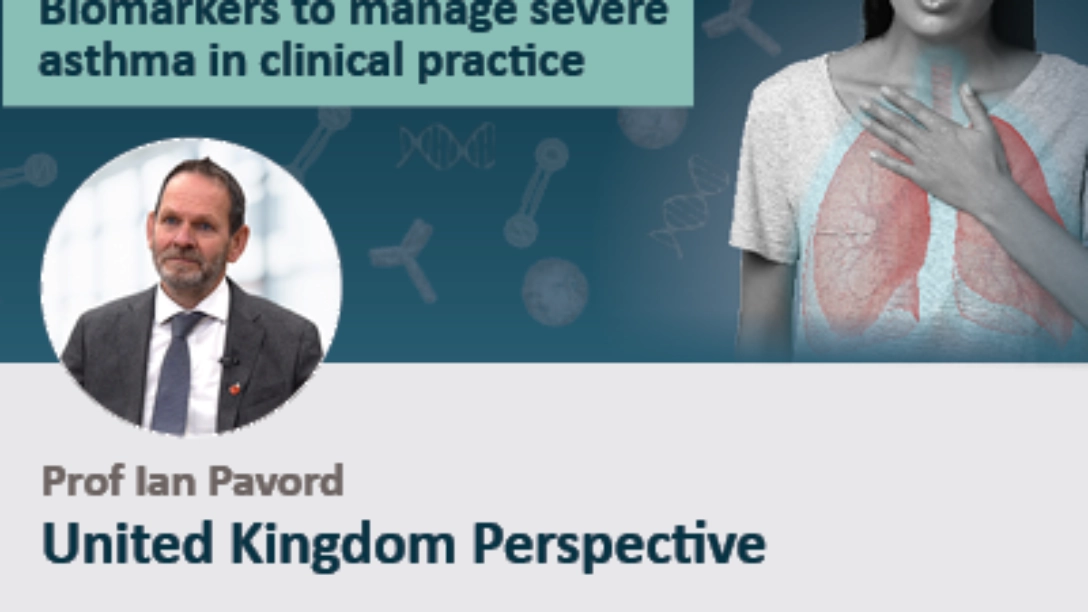- Neurology
- NEUROLOGY OPEN ACCESS
- LEMTRADA OPEN ACCESS
- Neurology
- NEUROLOGY OPEN ACCESS
- LEMTRADA OPEN ACCESS
You are now leaving campus.sanofi/au
Campus Sanofi Australia does not review the information contained on this website and/or database for content, accuracy or completeness. Use of and access to this information is subject to the terms, limitations and conditions set by the website and/or database producer.
Campus Sanofi Australia makes no representation as to the accuracy or any other aspect of the information contained on such website and/or database, nor does Campus Sanofi Australia necessarily endorse such website and/or database.
The information the reader is about to be referred to may not comply with the Australian regulatory requirements. Further information relevant to the Australian environment is available from the company or via the Product Information.












.webp/jcr:content/RESP-ICT2-Wark_400X300%20(1).webp)
.webp/jcr:content/RESP-ICT2-Stone_400X300%20(1).webp)
.webp/jcr:content/RESP-ICT2-Tellus_400X300%20(1).webp)











